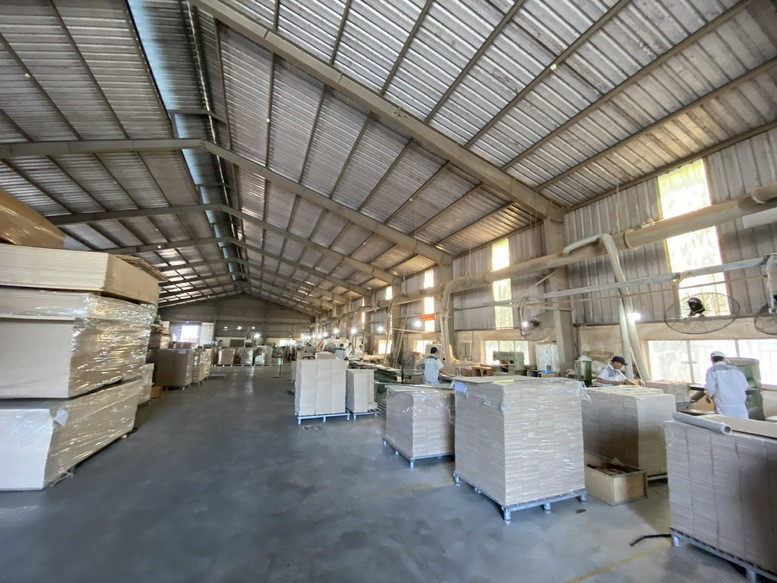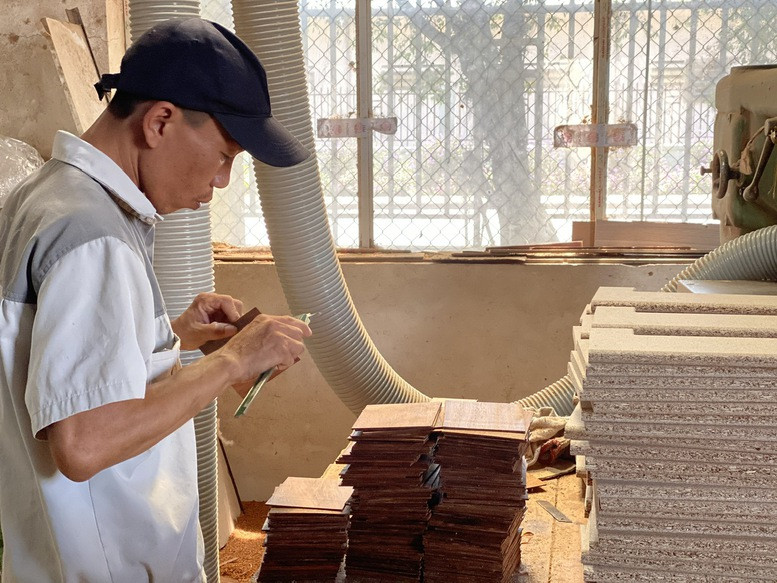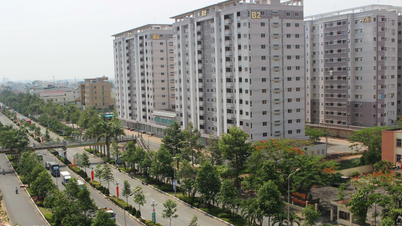China is currently the wood consumption market, accounting for about 60% of Vietnam's wood chip export turnover (equivalent to 2 billion USD in 2023). The main export products include wood chips, wood panels and veneer, which play an important role as input materials in China's wood processing industry.

China is the second largest wood consumer market.
According to data from the Import-Export Department, Ministry of Industry and Trade , the export turnover of wood and wood products in the first 11 months of 2024 reached 14.6 billion USD, an increase of 20.5% over the same period in 2023. Of which, wood product exports accounted for the majority with 10.06 billion USD, an increase of 22%.
Currently, Vietnam has more than 500,000 hectares of FSC or PEFC certified forests, and the goal is to reach 1 million hectares of certified forests by 2030. This will not only increase the value of exported wood products but also enhance competitiveness in the international market. However, expanding the area of certified forests still faces many difficulties, including high costs, lack of resources and limited awareness among forest owners and farmers.
Vietnam-China trade relations play a very important role, especially in the forestry and wood processing sector. According to Mr. Ngo Sy Hoai, Vice President and General Secretary of the Vietnam Timber and Forest Products Association, China plays an important role in Vietnam's wood trade balance, not only in terms of import but also export.
According to Forest Trends, China is currently Vietnam's second largest wood consumer market after the United States, accounting for about 60% of Vietnam's wood chip exports (equivalent to 2 billion USD in 2023). The main export products include wood chips, wood panels and veneer, which are important input materials in China's wood processing industry.
In contrast, Vietnam imports about $1 billion worth of wood each year from China, mostly Russian-origin veneer (poplar) and other industrial wood products. However, this dependence poses a major challenge as these imported products sometimes do not meet the standards recommended by international markets such as the United States and the European Union.
The correlation between wood exports and imports between Vietnam and China clearly demonstrates the interdependence: Vietnam provides raw materials for Chinese processing factories, while China provides processed wood products to serve Vietnam's domestic and export needs. However, this relationship needs to be managed sustainably to avoid risks related to wood origin and comply with international regulations on legal timber trade.

Demand for wood from the Chinese market remains very large
Mr. Zhang Liyan, representative of the China Forest Products Industry Association (CNFPIA), said that at present, the supply of high-quality products in China is still lacking. The product supply capacity does not meet the increasingly diverse market demand, and there is an oversupply of low-grade products. Some products face serious homogenization problems, while backward production capacity in traditional industries still accounts for a large proportion. Therefore, the dependence on imported wood sources from abroad is still high.
Both China and Vietnam are implementing initiatives to promote legal timber supply chains and protect forest resources. China’s InFit project is a prime example, focusing on sustainable trade investments, minimizing environmental impacts, and establishing effective timber traceability systems. China has introduced strict regulations to reduce risks in international timber trade, while supporting businesses to improve production processes and ensure compliance with international standards.
In Vietnam, policies promoting sustainable forest certification, such as FSC and PEFC, are being strengthened to ensure transparency in the supply chain. The government is also working with international organizations to deploy modern traceability technology, allowing comprehensive monitoring from harvesting, transportation to consumption. In addition, training and capacity building programs for businesses and communities also play an important role in creating a foundation for legal and sustainable timber trade.
The two countries are also discussing cooperation in developing low-emission and energy-saving wood processing technologies, aiming to reduce environmental pollution in the wood industry. These efforts will not only bring economic benefits but also help improve the image of the two countries' wood trade in the international market.
According to Mr. Nguyen Tuan Hung, Department of Forestry Processing and Trade, (Department of Forestry, Ministry of Agriculture and Rural Development), Vietnam currently has over 22,000 wood processing establishments, of which households account for the majority. Enterprises mainly export to China, Japan and other markets. The forestry sector contributes significantly to national economic growth, but also faces many challenges such as unstable raw material sources and international competitive pressure.
In 2024, Vietnam is expected to exploit more than 21 million m3 of wood, in addition to 9 million m3 of wood from rubber and scattered plantations. With the policy of temporarily suspending natural wood exploitation since 2014, raw materials for Vietnam's wood processing industry mainly depend on wood from planted forests and imports. The government has issued many supporting policies, such as tax incentives and incentives for investment in afforestation, to reduce pressure on natural forests and ensure sustainable raw material sources.
Source


![[Photo] Ready for the top competitions of Vietnamese table tennis](https://vphoto.vietnam.vn/thumb/1200x675/vietnam/resource/IMAGE/2025/5/18/9c547c497c5a4ade8f98c8e7d44f5a41)


![[Photo] Party and State leaders attend the special art program "You are Ho Chi Minh"](https://vphoto.vietnam.vn/thumb/1200x675/vietnam/resource/IMAGE/2025/5/18/6895913f94fd4c51aa4564ab14c3f250)
![[Photo] Many young people patiently lined up under the hot sun to receive a special supplement from Nhan Dan Newspaper.](https://vphoto.vietnam.vn/thumb/1200x675/vietnam/resource/IMAGE/2025/5/18/6f19d322f9364f0ebb6fbfe9377842d3)
























































































Comment (0)